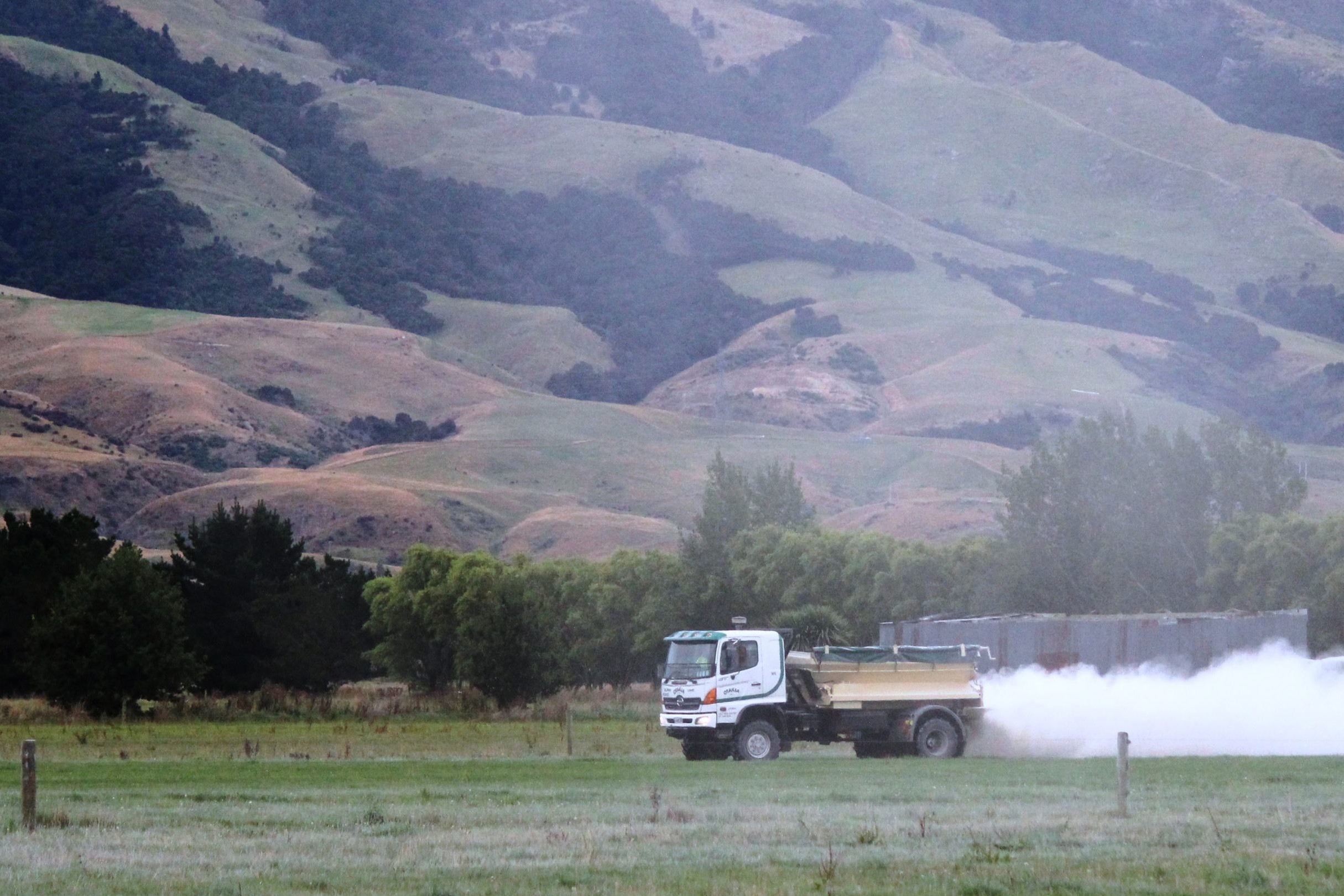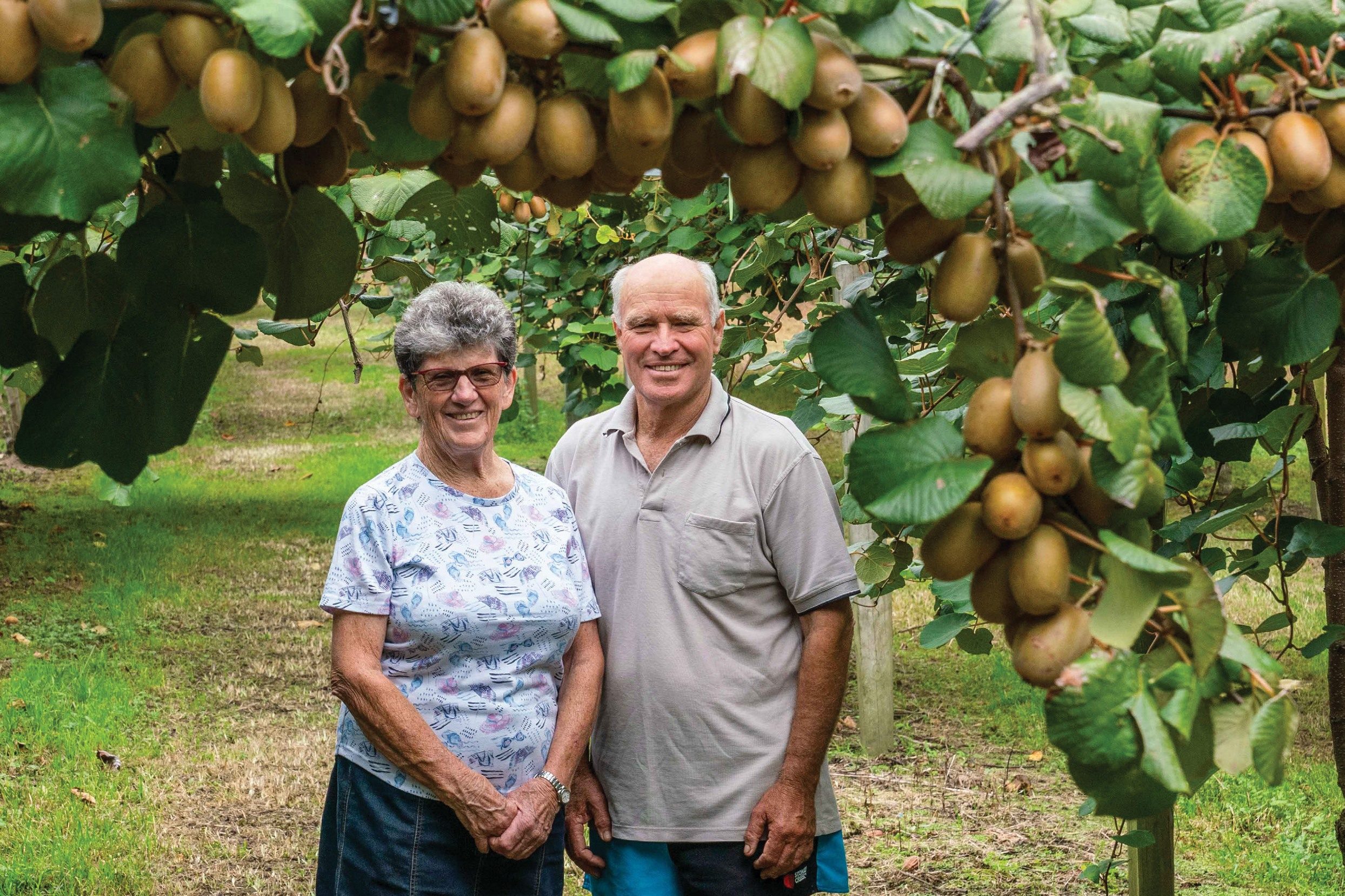George Kerse
There are several reasons why integrated pest management (IPM) could have a valuable part to play in future-proofing cropping systems.
While IPM takes time and patience it gives us an option to break the dependency involved in chemical spraying.
Relying solely on sprays to control insects means the risk of the insects developing a resistance is higher. Secondly, if the spray is harmful to the population of predator insects, pest insect populations can recover quickly without control pressure from beneficial insects, meaning spraying may be required more often.
Overseas research has shown that resistant Green Peach Aphid are more susceptible to predator attack, which reinforces the importance of using predator-friendly sprays.
It’s very expensive to discover and develop new sprays with different modes of action, so we need to do all we can to preserve the useful life of the products we are currently ‘allowed’ to use, particularly those that are more selective to the beneficial insects.
Consumers are becoming more discerning around the chemical inputs used in food production, and it’s likely we will see more sprays banned or have approvals withdrawn. If IPM can result in less need for sprays, the feed and food produced will likely be more palatable to consumers as it is being grown more sustainably. Use of ‘bio-pesticides’ can help consumer perceptions, but efficacy and selectivity to beneficial insects are still important considerations in product selection.
For successful IPM, effort is required to learn identify the different beneficial predators and parasite insects, as well as understanding the ratio between beneficial and pest populations. It is also important to gain knowledge about sprays and their impacts on the beneficial insect populations.
An understanding of which cultural practices can reduce the conditions that favour increase in pest populations is also required. This includes:
- Crop rotation – awareness of the relative susceptibility of different crops to insect pests, e.g. brassica crops tend to favour a build-up of slug populations over winter.
- Crop hygiene – avoiding green bridges by removing crop residues and any volunteer (self-sown) crop plants as well as controlling weeds.
- Cultivar selection – some newer cultivars have been selected for tolerance to pests as well as diseases.
- Sowing date – e.g. a delayed sowing date in autumn can reduce aphid pressure in cereals.
Cultivation practices, e.g. rolling to make the seedbed less favourable for slugs
Mob stocking, which helps remove crop residue as well as physically impeding pests such as slugs and grass grubs.
Important considerations for IPM:
- Learn to identify the different beneficial predators and parasite insects.
- Gain an understanding of the ratio between beneficial and pest populations.
- Understand which sprays are more selective to the relevant beneficial insect pests.
- It’s still important to understand the mode of action of insecticide sprays and make sure any specific mode of action is not being over-used.
- Understand which products are more damaging to beneficial insects and use these as infrequently as possible. If they do need to be used, try and use them at a time that will have less impact on the beneficial insects.
- Consider what cultural practices can be integrated into your system.
- Talk to your agronomist or advisor about your options.
- Take the opportunity to attend any field days or discussion groups talking about IPM.
- Talk to other farmers about what they are doing.
Head to the FAR website for more information, including ‘ute guides’ to help with beneficial and pest insect identification.
- George Kerse is a Ravensdown Product Manager Agrochemical.





